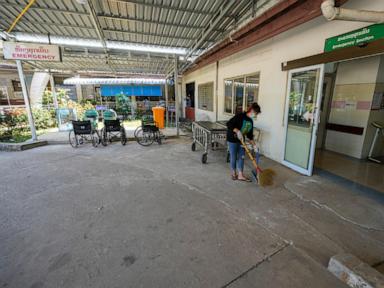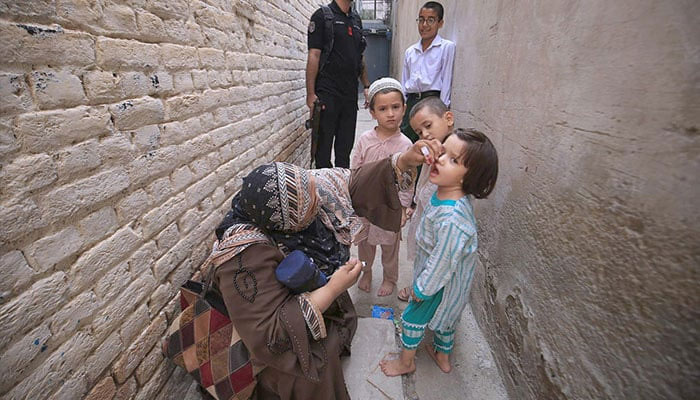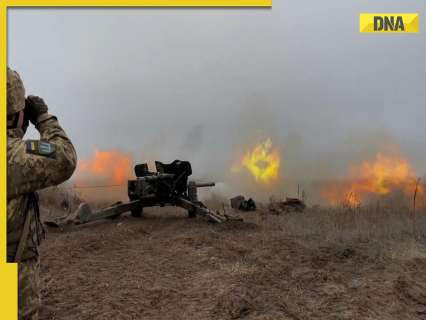
Pune: The difference in urban-rural voter turnout remained wide, but ECI's targeted awareness campaigns in 15 urban assembly segments in Mumbai, Thane and Pune showed some positive results. Polling in these assembly segments, which recorded sub-50% polling in previous elections, remained sluggish despite measures like door-to-door voter slip distribution. According to the poll panel data at 11.
40pm, the state's overall voter turnout was 65.08%. The polling in Thane, Mumbai suburbs, and Mumbai and Pune city areas was just about 55%.
The traditional low turnout constituencies like Pune Cantonment registered 52.9% polling, as per ECI data till midnight. The Election Commission of India (ECI) had specifically flagged the poor turnout trend in these urban pockets.
The poll panel sought improvement in voting in these areas citing high turnout constituencies like Gadchiroli, Armori and Kolhapur's assembly segments. ECI officials argued that if Naxalite areas could work on improving the voter turnout percentage, it was about time that urban segments improved their show. dditional chief electoral officer Kiran Kulkarni told TOI that there was a marginal increase in turnout in urban areas in the assembly polls compared to the Lok Sabha elections.
"We can't say it was dismal," he said. The ECI, in its directive at the time of the announcement of polls, laid special emphasis on combating urban apathy owing to the trend of low voter turnout in urban centres in Maharashtra in the past assembly and parliamentary elections. More than 1,185 polling stations were set up in high-rise buildings and societies as per chief election commissioner, Rajiv Kumar's directive.
History somewhat repeated itself on D-Day despite ECI's efforts. Most polling booths in urban areas saw a lukewarm response throughout the day. "Various awareness and mass mobilisation campaigns were organised ahead of the polls.
But these could not increase the voter turnout as expected," said an official from the election department. The rural-urban voter turnout difference was 14% in 2019, 15% in 2014 and 17% in 2009 assembly polls. Data until 5pm on Wednesday showed the rural constituencies outperforming the urban segments this time also.
Kagal registered 81.72% voter turnout as against Colaba's 44.49% (until 5 pm).
In most districts, rural assembly constituencies registered above 60% turnout. Political observers said the urban apathy and the disconnect to candidates continued in this assembly polls too. "The current political situation in the state may have added to the disinterest of urban voters," said an expert.
.














